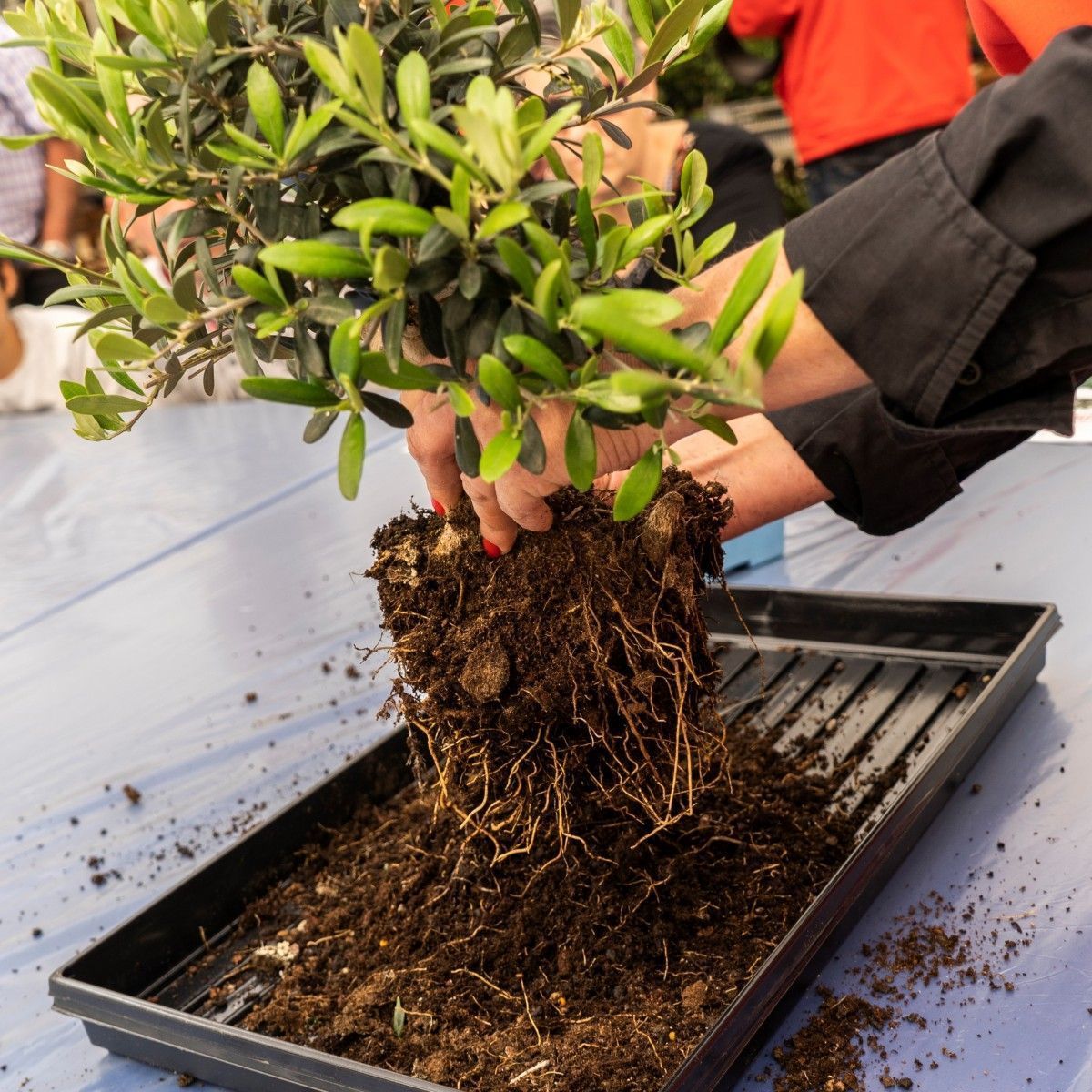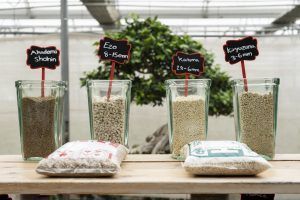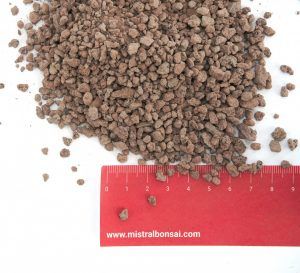7 tips for the bonsai repotting season

The bonsai transplanting season has finally arrived, so hurry up! Don’t let this season fly by without having repotted all your trees that need it. It is time to prepare the substrates, pots and tools. To help you in this task, here are the best tips on repotting, so keep reading to be able to apply them and pass with flying colours this repotting test that spring brings in its wake.
Tip No. 1: Only the strong ones
This is a delicate task, no matter how much you want to repot your bonsai, only repot those that are in optimal condition. If we misuse this technique, we will overstress the bonsai or even compromise its life, so first and foremost: Only repot bonsai that are healthy and vigorous.
If your tree is weak, it is better not to repot it, take care of it first so that it gets stronger and then repot it the next repotting season. In doing so, you will ensure the survival of your tree after the repotting process.
Tip No. 2: Maintain moisture
During bonsai repotting it is important to moisturise the roots. Keeping them moist is crucial to reduce the thermal shock and stress of the process. You can do this by using a spray bottle and spraying them with water from time to time while preparing the repotting.
If you are going to be transplanting outdoors, remember to place them in a shady spot sheltered from the wind, to keep the roots comfortable.
Tip No. 3: Choose the right substrate grain size
Substrate porosity is very important, and this depends on both the substrate type and the grain size.
For Shohin [1] bonsai trees we will use a small grain size. The small grain size will allow only the smallest rootlets to develop. These are the ones needed for small trees, as they are the ones that feed the bonsai and help it to mature and keep its small size.
When ventilation and drainage are needed, use a medium grain size. This size will allow you to create a space where oxygen and water can be accommodated, which will help the roots to grow well and fast, and your bonsai’s root system will start to change from large roots to rootlets. Generally, the medium grain size is the most frequently used as it is the most convenient for medium sized bonsai.
Thick grain size can be used as a drainage layer for very large bonsai or mixed with coco fibre and peat for large Yamadoris [2].
Tip No. 4: Choose the right base soil
In a bonsai substrate mix, there is always a “base” soil. This is the soil with the highest proportion in your mix. For example, if you used 60 % Akadama, 10 % Kyriuzuna and 20 % Pomice for the mix, the base soil of that mix is the Akadama.
If you are just starting out and you don’t have much time to water your trees, you can use Terrabonsai as base soil. Terrabonsai is suited for most species and will help you to retain more moisture.
If you already have experience and want to create your own mixtures, remember:
- For conifers, use Kiryuzuna as base soil. Its hardness and iron content are very beneficial for this botanical family.
- For acidophilic species (azaleas, rhododendron, gardenias, magnolias…), the base soil must have an acid pH, so use Kanuma as base soil.
- For other species, Akadama or Terrabonsai are good base soils.
- Sakadama is the perfect substrate to complement your mix. It will add more hardness and oxygenation to the mix.

Tip No. 5: Always anchor your bonsai in place
Note that you have removed the taproot [3] from your bonsai, so you should tie it with wire so that it remains fixed in the pot and does not move.
This way the rootlets will not break with any vibration or movement of the tree.
Tip No. 6 Which roots and how many should you cut?
- If there is a very large and long root, cut off only one third of it. At the next repotting you will cut off another third.
- If there are lots of rootlets, cut off less than a third of their size.
- If there is a root that falls apart when you touch it or looks dark grey and smells bad, cut it all off, as it is probably rotten.
Tip No. 7: Help your roots recover quickly after repotting
There are several things you can do to help this happen:
- All trees (except acidophilic trees) can have a little charcoal added to them. This will help maintain a neutral pH in the soil and create a healthier environment for their roots.
- Use a repotting fertiliser, such as Biogold-classic, a fertiliser specially designed to be mixed with the substrate. You can also use Vitabonsai, a restorative for weak or recently repotted trees. These products will help provide the roots with the necessary nutrients. They will do so in a gentler way, and, at the same time, it is more direct and effective.
- After repotting, place your tree where it will get some warmth and non-direct light. An adequate temperature will help the roots to activate faster and recover better.
- Be very careful with your watering technique.
As you can see, repotting is a crucial technique and, although it puts considerable stress on your bonsai, by following these tips you will manage to get through it just fine.
So, go get your substrates, your tools and pots, because the repotting season is already here…
See you next time!
[1] SHOHIN = Japanese term to describe bonsai that are less than 22 cm high.
[2] Yamadori = Tree rescued from the wild. Remember that to rescue trees you must have permission from the forestry agencies of each country and the owner of the land.
[3] Pivoting Root = Root whose function is to fix the tree to the ground, and which grows downwards supporting the tree.
Other posts you may be interested in:
Categories
Bonsai cultivation and care (60)
Bonsai gift (2)
Bonsai pests and diseases (7)
Bonsai repotting (3)
Bonsai species (1)
bonsai substrates (2)
Bonsai summer (1)
bonsai tools (1)
Bonsai work (13)
Ceramic pots (3)
Chinese culture (2)
Chinese culture (1)
Coniferous bonsai (2)
Conifers (1)

